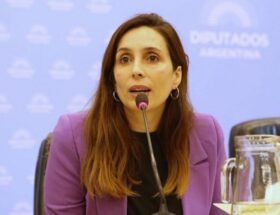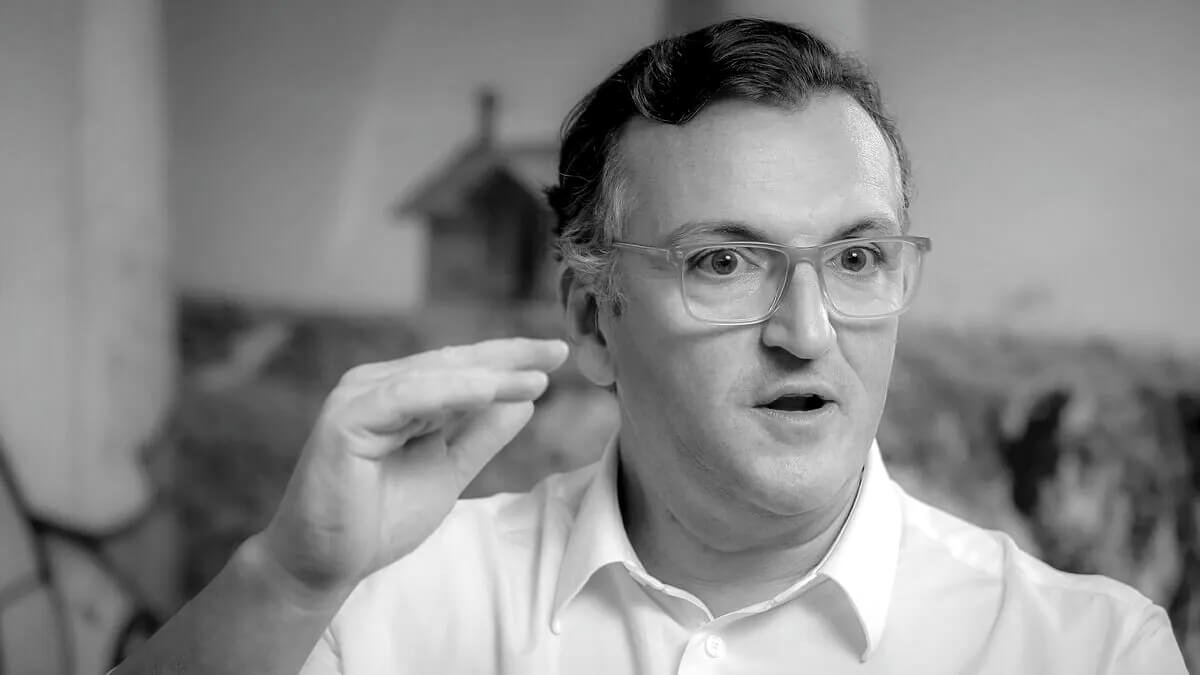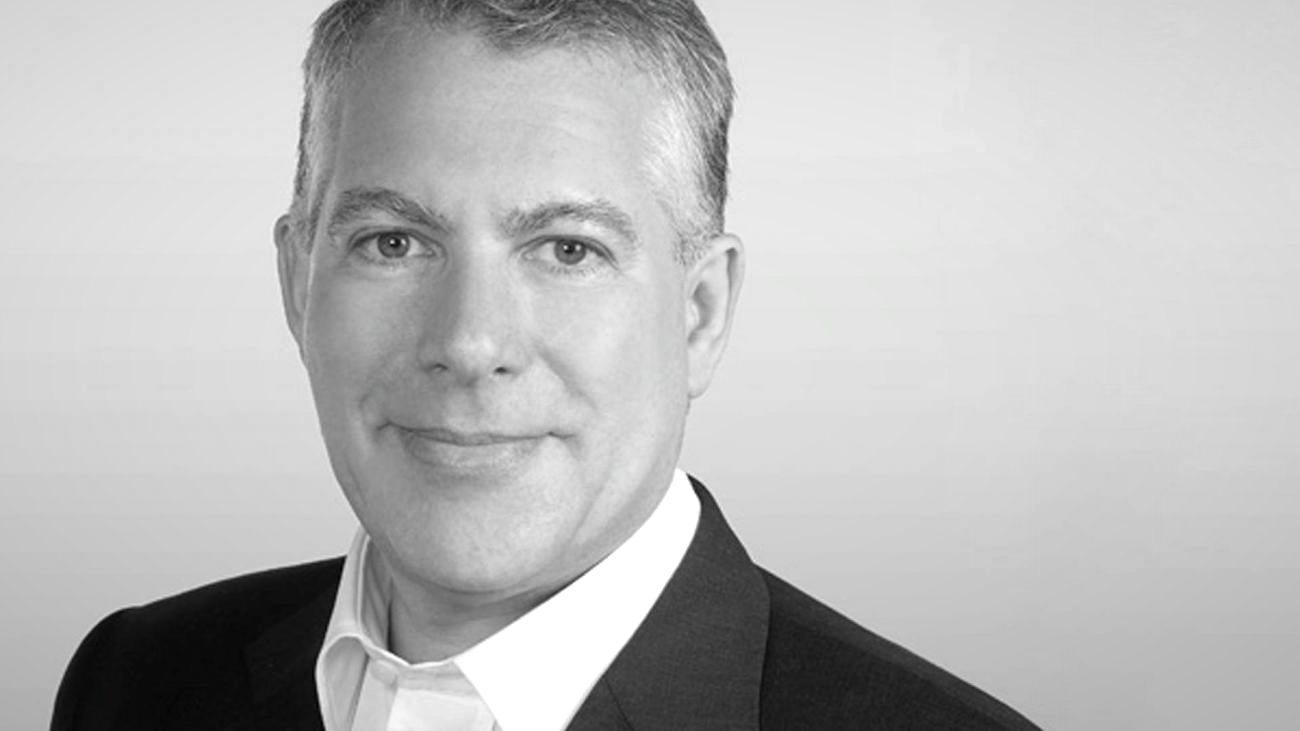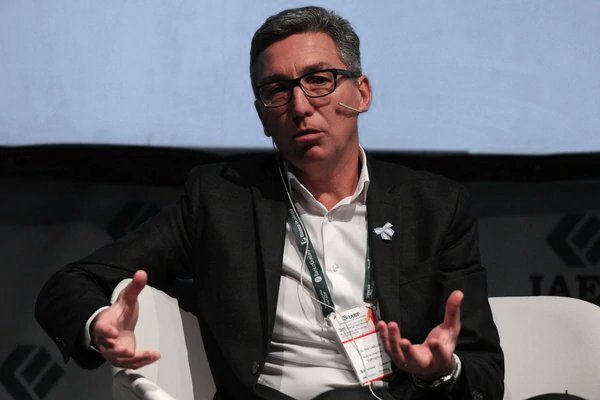
Strategic leadership at Greenpeace by Matías Asún
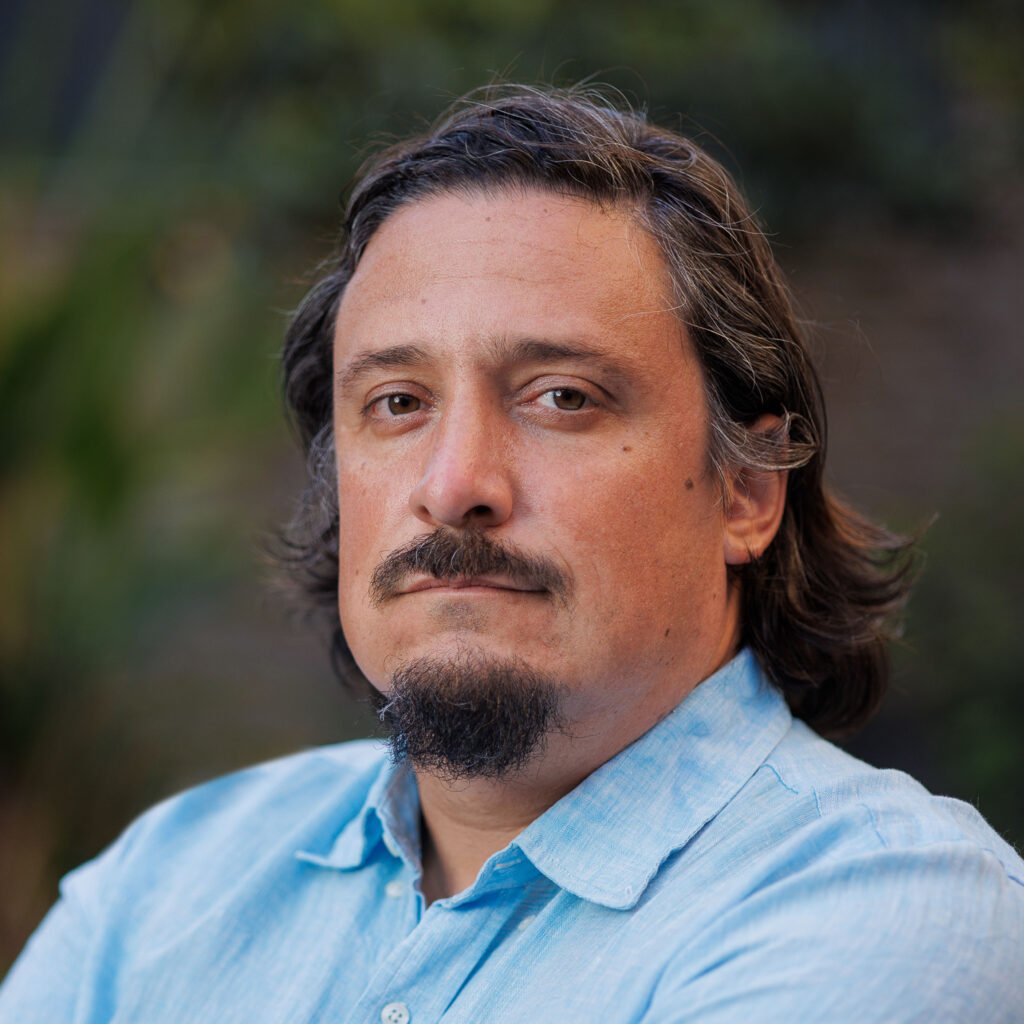
Matías Asún serves as campaigns director for Greenpeace Andino, a high-level position that places him as the top strategist and operator behind the organization’s activism efforts in the Chilean, Argentine, and Colombian markets. His role is analogous to that of a strategy or operations director in a multinational corporation, with the responsibility of transforming institutional goals into measurable and effective campaigns that generate tangible impact on public policy and private sector behavior.
He manages multidisciplinary teams and coordinates resources across three countries, navigating a complex political and regulatory environment to achieve the organization’s objectives. His view of Greenpeace as a “pressure tool” defines a pragmatic, results-driven approach focused on efficient use of organizational resources to maximize influence and achieve systemic change.
The strategy behind impact: managing high-complexity projects
Asún’s management style is defined by a methodological approach to campaign leadership, treating each one as a complex project with a defined life cycle. Each initiative—whether against the coal industry, intensive salmon farming, or mining in sensitive areas—is grounded in a preliminary research and development phase. Specialist teams generate data and technical reports that form the basis for strategic decision-making, minimizing risks and maximizing the credibility of each action.
The portfolio of campaigns he leads is diverse and high-risk. It includes direct confrontation with powerful industries, such as opposing new coal-fired power plants, where the strategy centers on exposing long-term health and economic costs. In the case of the salmon industry, actions focus on oversight and denunciation of practices that exceed legal and regulatory limits, generating pressure on both regulators and international markets.
The defense of Patagonia from large-scale infrastructure projects and the protection of strategic assets such as glaciers are other cornerstones of his leadership. Executing these campaigns requires sophisticated logistical coordination, crisis communication, and stakeholder management that involves local communities, government authorities, the private sector, and the international community. Asún’s leadership is essential to ensure that these often-contentious operations remain within a framework of nonviolent action and strict factual rigor, safeguarding the organization’s reputation and the integrity of its activists.
Innovation in building human and social capital
Matías Asún’s earlier trajectory can be seen as a development process of key competencies in managing human and social capital, which he now applies at Greenpeace. His training as a psychologist at Diego Portales University, combined with the influence of his parents—renowned psychologists Domingo Asún and Patricia Hamel—gave him a strong foundation for understanding motivation and group dynamics. His practical experience has demonstrated a capacity for innovation.
The creation of the digital platform Comunitarios.cl was a disruption in Chile’s social sector labor market. By building this network of 67,000 professionals, he not only created a powerful human resources tool but also generated invaluable social capital by fostering collaboration in a traditionally fragmented sector.
Similarly, his work at the foundation Trabajo en la Calle can be interpreted as a grassroots stakeholder development project. By working directly with micro-settlements, he learned to manage expectations and build trust with communities—a crucial skill in his current role, where local community support is often a determining factor in campaign success. This ability to understand and mobilize social capital is one of the competencies that sets him apart from more traditional executive profiles.
An unconventional leadership model: the leader as facilitator
Asún’s leadership model aligns with contemporary trends in managing high-performance, knowledge-based teams. Instead of a top-down, hierarchical approach, his style is that of a facilitating leader. He describes his role as one of “amplifying” expert voices and “enabling” his teams by providing the tools and autonomy they need to perform at their best. This approach is particularly effective in an organization like Greenpeace, which depends on the technical knowledge of scientists, researchers, and strategists.
By prioritizing teamwork and data over individual leadership, he fosters a culture of accountability and professional excellence. His ability to attract and retain talent, as well as to build external alliances with other NGOs such as Movidos por Chile, is a testament to the effectiveness of this distributed and collaborative leadership model, oriented toward building a broader and more resilient ecosystem for social change.

